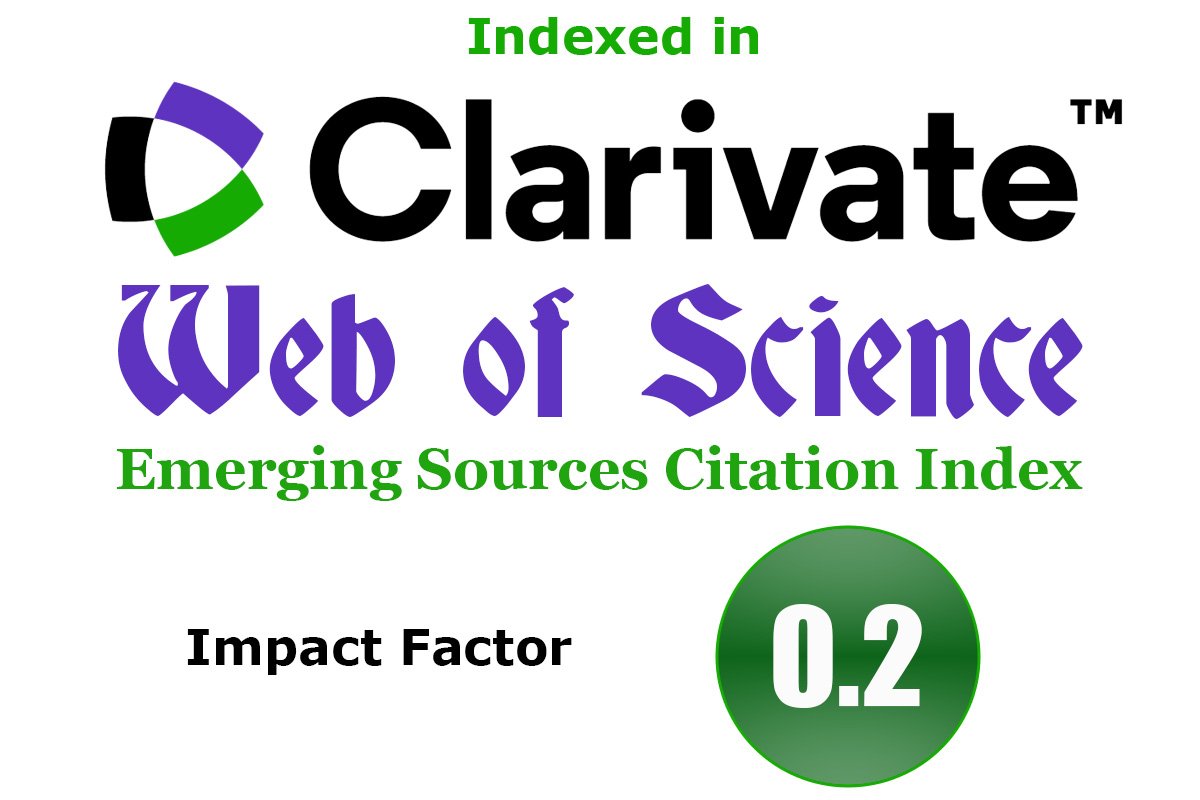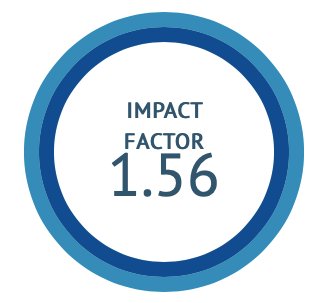Evaluation and method development for quantification of Piperine in Balchaturbhadra Churna by RP- HPLC
DOI:
https://doi.org/10.47552/ijam.v16i1.5969Keywords:
Balchaturbhadra Churna, Total phenolic content, Total flavonoid content, Preliminary phytochemical screening, Marker compound, RP-HPLCAbstract
Aim and Objective: This study aimed to prepare Balchaturbhadra Churna in the laboratory and evaluate its Pharmacognostic, physicochemical, and phytochemical properties, including developing an RP-HPLC method for estimating Piperine as a marker compound. Methods: The prepared Balchaturbhadra Churna was analysed using WHO guidelines for macroscopic, physical, and chemical parameters. The methanolic extract was used for Piperine estimation through RP-HPLC. Results: The macroscopic characteristics, such as colour, odour, and taste were recorded. Physical parameters were determined, including loss on drying, ash value, extractive value, swelling index, foaming index, and powder properties (angle of repose, bulk density, tapped density, and compressibility index). Additionally, total phenolic, flavonoid and preliminary phytochemical screening were performed. The results were compared with a marketed formulation of Balchaturbhadra Churna. The retention time of standard Piperine was 4.50 minutes, while the Piperine in the laboratory and marketed formulations was detected at 4.478 and 4.480 minutes, respectively. The Piperine concentration in the laboratory and marketed formulations was 0.19% w/w and 0.21% w/w, respectively. The developed HPLC method was successfully validated. Conclusion: The laboratory-prepared and marketed formulations of Balchaturbhadra Churna were systematically evaluated and compared. The findings contribute to the standardization of Balchaturbhadra Churna, an Ayurvedic formulation.
Downloads
Published
How to Cite
Issue
Section
License
Copyright (c) 2025 International Journal of Ayurvedic Medicine

This work is licensed under a Creative Commons Attribution-NonCommercial-ShareAlike 4.0 International License.
The author hereby transfers, assigns, or conveys all copyright ownership to the International Journal of Ayurvedic Medicine (IJAM). By this transfer, the article becomes the property of the IJAM and may not be published elsewhere without written permission from the IJAM.
This transfer of copyright also implies transfer of rights for printed, electronic, microfilm, and facsimile publication. No royalty or other monetary compensation will be received for transferring the copyright of the article to the IJAM.
The IJAM, in turn, grants each author the right to republish the article in any book for which he or she is the author or editor, without paying royalties to the IJAM, subject to the express conditions that (a) the author notify IJAM in advance in writing of this republication and (b) a credit line attributes the original publication to IJAM.




